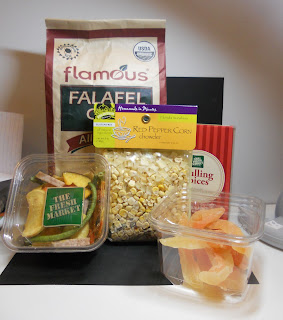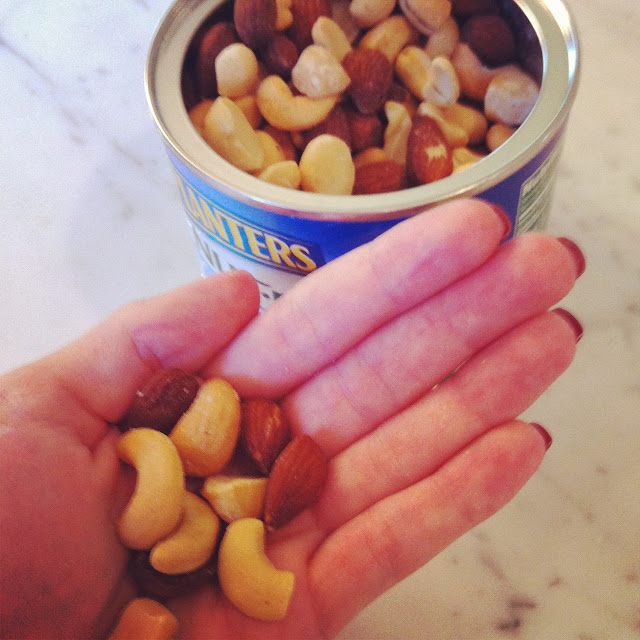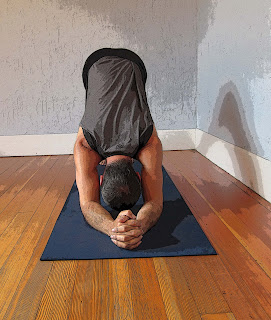Many readers of this blog have probably heard about the case of the man who ate approximately 25 eggs (20 to 30) per day for over 15 years (probably well over), was almost 90 years old (88) when the case was published in the prestigious
The New England Journal of Medicine, and was in surprisingly good health (
).
The case was authored by the late Dr. Fred Kern, Jr., a widely published lipid researcher after whom the
Kern Lipid Conference is named (
). One of Kern’s research interests was bile, a bitter-tasting fluid produced by the liver (and stored in the gallbladder) that helps with the digestion of lipids in the small intestine. He frames the man’s case in terms of a compensatory adaptation tied to bile secretion, arguing that this man was rather unique in his ability to deal with a lethal daily dose of dietary cholesterol.
Kern seemed to believe that dietary cholesterol was harmful, but that this man was somehow “immune” to it. This is ironic, because often this case is presented as evidence against the hypothesis that dietary cholesterol can be harmful. The table below shows the general nutrient content of the man’s daily diet of eggs. The numbers in this and other tables are based on data from Nutritiondata.com (
), in some cases triangulated with other data. The 5.3 g of cholesterol in the table (i.e., 5,300 mg) is 1,775 percent the daily value recommended by the Institute of Medicine of the U.S. National Academy of Sciences (
).
As you can see, the man was on a very low carbohydrate diet with a high daily intake of fat and protein. The man is described as an: “… 88-year-old man who lived in a retirement community [and] complained only of loneliness since his wife's death. He was an articulate, well-educated elderly man, healthy except for an extremely poor memory without other specific neurologic deficits … His general health had been excellent, without notable symptoms. He had mild constipation.”
The description does not suggest inherited high longevity: “His weight had been constant at 82 to 86 kg (height, 1.87 m). He had no history (according to the patient and his personal physician of 15 years) of heart disease, stroke, or kidney disease … The patient had never smoked and never drank excessively. His father died of unknown causes at the age of 40, and his mother died at 76 … He kept a careful record, egg by egg, of the number ingested each day …”
The table below shows the fat content of the man’s daily diet of eggs. With over 14 g of omega-6 fat intake every day, this man was probably close to or in “industrial seed oils territory” (
), as far as daily omega-6 fat intake is concerned. And the intake of omega-3 fats, at less than 1 g, was not nearly enough to balance it. However, here is a relevant fact – this man was not consuming any industrial seed oils. He liked his eggs soft-boiled, which is why the numbers in this post refer to boiled eggs.
This man weighed between 82 to 86 kg, which is about 180 to 190 lbs. His height was 1.87 m, or about 6 ft 1 in. Therefore his body mass index varied between approximately 23 and 25, which is in the normal range. In other words, this person was not even close to obese during the many years he consumed 25 eggs or so per day. In the comments section of a previous post, on the sharp increase in obesity since the 1980s (
), several readers argued that the sharp increase in obesity was very likely caused by an increase in omega-6 fat consumption.
I am open to the idea that industrialized omega-6 fats played a role in the sharp increase in obesity observed since the 1980s. When it comes to omega-6 fat consumption in general, including that in “more natural” foods (e.g., poultry and eggs), I am more skeptical. Still, it is quite possible that a diet high in omega-6 fats in general is unhealthy primarily if it is devoid of other nutrients. This man’s overall diet might have been protective not because of what he was not eating, but because of what he was eating.
The current debates pitting one diet against another often revolve around the ability of one diet or another to eliminate or reduce the intake of a “bad thing” (e.g., cholesterol, saturated fat, carbohydrates). Perhaps the discussion should be more focused on, or at least not completely ignore, what one diet or another include as protective factors. This would help better explain “odd findings”, such as the lowest-mortality body mass index of 26 in urban populations (
). It would also help better explain “surprising cases”; such as this 25-eggs-a-day man’s, vegetarian-vegan “ageless woman” Annette Larkins’s (
), and the decidedly carnivore De Vany couple’s (
).
The table below shows the vitamin content of the man’s daily diet of eggs. The vitamin K2 content provided by Nutritiondata.com was incorrect; I had to get what seems to be the right number by triangulating values taken from various publications. And here we see something interesting. This man was consuming approximately the equivalent in vitamin K2 that one would get by eating 4 ounces of
foie gras (
) every day.
Foie gras, the fatty liver of overfed geese, is the richest known animal source of vitamin K2. This man’s diet was also high in vitamin A, which is believed to act synergistically with vitamin K2 – see Chris Masterjohn’s article on Weston Price’s “activator X” (
).
Kern argued that the very high intake of dietary cholesterol led to a sharp increase in bile secretion, as the body tried to “get rid” of cholesterol (which is used in the synthesis of bile). However, the increased bile secretion might have been also been due to the high fat content of this man’s diet, since one of the main functions of bile is digestion of fats. Whatever the case may be, increased bile secretion leads to increased absorption of fat-soluble vitamins, and vitamins K2 and A are fat-soluble vitamins that seem to be protective against cardiovascular disease, cancer and other degenerative diseases.
Finally, the table below shows the mineral content of the man’s daily diet of eggs. As you can see, this man consumed 550 percent the officially recommended daily intake of selenium. This intake was slightly lower than the 400 micrograms per day purported to cause selenosis in adults (
). Similarly to vitamins K2 and A, selenium seems to be protective against cardiovascular disease, cancer and other degenerative diseases. This man’s diet was also rich in phosphorus, needed for healthy teeth and bones.
Not too many people live to be 88 years of age; many fewer reach that age in fairly good health. The country with the highest average life expectancy in the world at the time of this writing is Japan, with a life expectancy of about 82 years (79 for men, and 86 for women). Those who think that they need a high HDL cholesterol and a low LDL cholesterol to be in good health, and thus live long lives, may be surprised at this man’s lipid profile: “The patient's plasma lipid levels were normal: total cholesterol, 5.18 mmol per liter (200 mg per deciliter); LDL, 3.68 mmol per liter (142 mg per deciliter); and HDL, 1.17 mmol per liter (45 mg per deciliter). The ratio of LDL to HDL cholesterol was 3.15.”
If we assume that this man is at least somewhat representative of the human species, and not a major exception as Kern argued, this case tells us that a diet of 25 eggs per day followed by over 15 years may actually be healthy for humans. Such diet has the following features:
- It is very high in dietary cholesterol.
- It involves a high intake of omega-6 fats from animal sources, with none coming from industrial seed oils.
- It involves a high overall intake of fats, including saturated fats.
- It is fairly high in protein, all of which from animal sources.
- It is a very low carbohydrate diet, with no sugar in it.
- It is a nutritious diet, rich in vitamins K2 and A, as well as in selenium and phosphorus.
This man ate 25 eggs per day apparently due to an obsession tied to mental problems. Repeated attempts at changing his behavior were unsuccessful. He said: “Eating these eggs ruins my life, but I can't help it.”







.jpg)





.jpg)



































